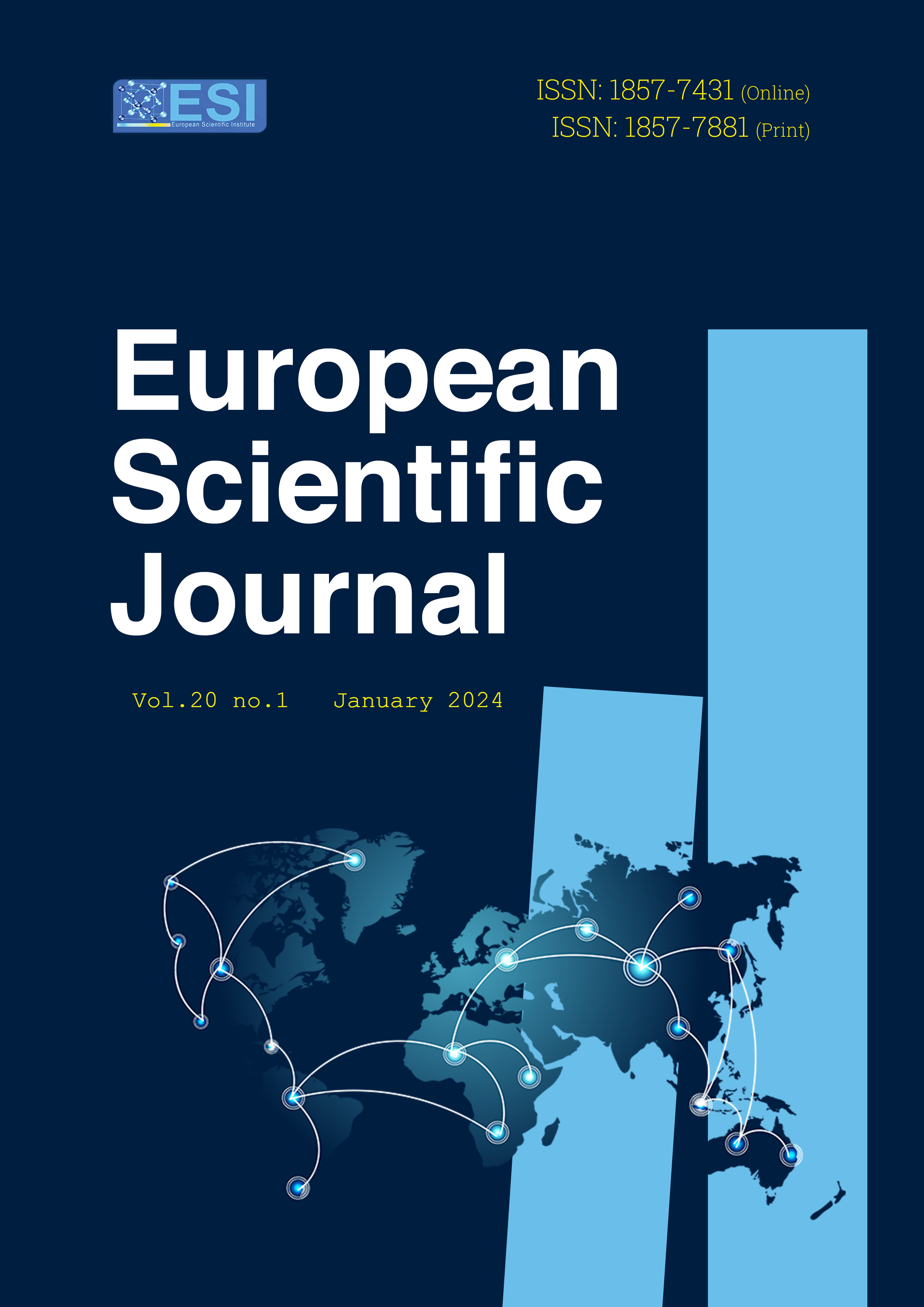The Compliance Model as an Instigation for Post-Financial Crisis Efficiency in Corporations
Abstract
This paper examines how the compliance model improves corporate governance and efficiency post-financial crisis. This paper focuses on the goals of the compliance model, the strategies for its integration into corporate governance structures, as well as the results and conclusions. The compliance model prioritizes legal and regulatory compliance, ethical standards, and best practices in corporate governance. This methodology helps organizations prevent wrongdoing, enhance transparency, and build stakeholder confidence. Mixed methods study evaluates the compliance model. First, it reviews the theoretical and practical consequences of the compliance model. Next, a quantitative analysis compares pre- and post-compliance model performance metrics in a sample of firms. Finally, qualitative interviews with key stakeholders assess the impact of the model. This study shows that the compliance approach boosts post-financial crisis corporate efficiency. The approach improves corporate governance, malfeasance, and efficiency. Organizations with a culture of compliance, honesty, and responsibility gain stakeholder trust. The results show that the compliance model can help companies revive their corporate governance practices following financial crises. This methodology reduces risks, ensures legal and ethical compliance, and boosts efficiency and effectiveness. This study emphasizes the role of the compliance model in post-financial crisis corporate efficiency. It highlights the favorable effects of the model on corporate governance and organizational success. The report adds to the corporate governance literature and offers practical advice for companies trying to improve their governance in a complicated business environment.
Downloads
Metrics
PlumX Statistics
References
2. Bailey Michael, A. (2020). Real econometrics: the right tools to answer important questions, Second edition, Published: New York, Oxford University Press
3. Galietti Francesco (2015). Compliance in cross-border corporate groups, Published: Darmstadt, Technische Universität Darmstadt
4. Grote Rainer (2021). Research handbook on compliance in international human rights law, Published: Cheltenham, UK, Edward Elgar Publishing
5. Harasimiuk Dominika, E. (2021). Regulating artificial intelligence: binary ethics and the law, Published: London, Routledge
6. Kerrigan Charles (2022). Artificial intelligence: law and regulation, Published: Cheltenham, UK, Edward Elgar Publishing
7. Marcus Alfred, A. (2021). Managing business ethics: making ethical decisions, Published: Los Angeles, SAGE
8. Nietsch Michael (2019). Compliance und soziale Verantwortung im Unternehmen : 4. Wiesbadener Compliance-Tag der EBS Law School - Center for Corporate Compliance, 1. Auflage, Published: Baden-Baden, Nomos
9. Tarantino Anthony (2008). Governance, risk, and compliance handbook: technology, finance, environmental, and international guidance, and best practices, Published: Hoboken, NJ, Wiley
Copyright (c) 2024 Magda Ositashvili

This work is licensed under a Creative Commons Attribution 4.0 International License.








